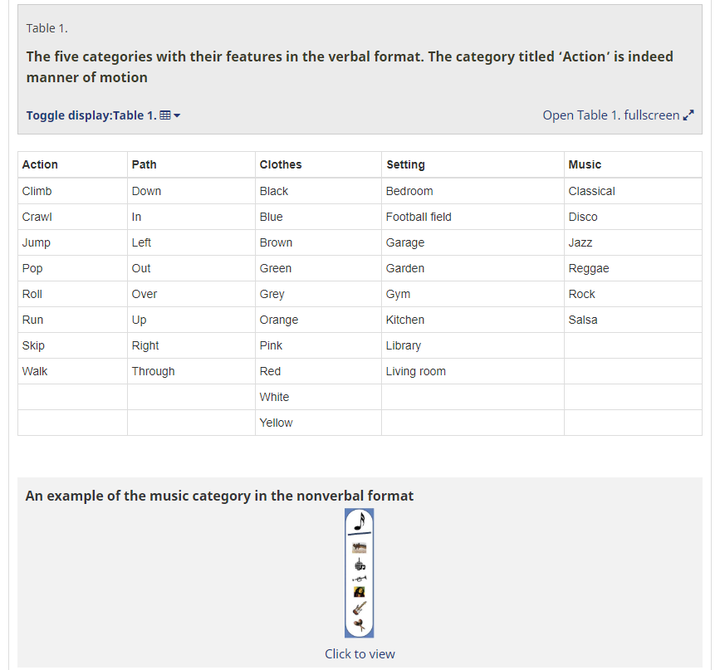More refined typology and design in linguistic relativity: The case of motion event encoding
Journal article John Benjamins website: https://www.jbe-platform.com/content/journals/10.1075/dujal.15019.ber
John Benjamins website: https://www.jbe-platform.com/content/journals/10.1075/dujal.15019.ber
Abstract
Linguistic relativity is the influence of language on other realms of cognition. For instance, the way movement is expressed in a person’s native language may influence how they perceive movement. Motion event encoding (MEE) is usually framed as a typological dichotomy. Path-in-verb languages tend to encode path information within the verb (e.g., ‘leave’), whereas manner-in-verb languages encode manner (e.g., ‘jump’). The results of MEE-based linguistic relativity experiments range from no effect to effects on verbal and nonverbal cognition. Seeking a more definitive conclusion, we propose linguistic and experimental enhancements. First, we examine state-of-the-art typology, suggesting how a recent MEE classification across twenty languages (Verkerk, 2014) may enable more powerful analyses. Second, we review procedural challenges such as the influence of verbal thought and second-guessing in experiments. To tackle these challenges, we propose distinguishing verbal and nonverbal subgroups, and having enough filler items. Finally we exemplify this in an experimental design.
Reference
Bernabeu, P., & Tillman, R. (2019). More refined typology and design in linguistic relativity: The case of motion event encoding. Dutch Journal of Applied Linguistics, 8(2), 163-171. http://doi.org/10.1075/dujal.15019.ber